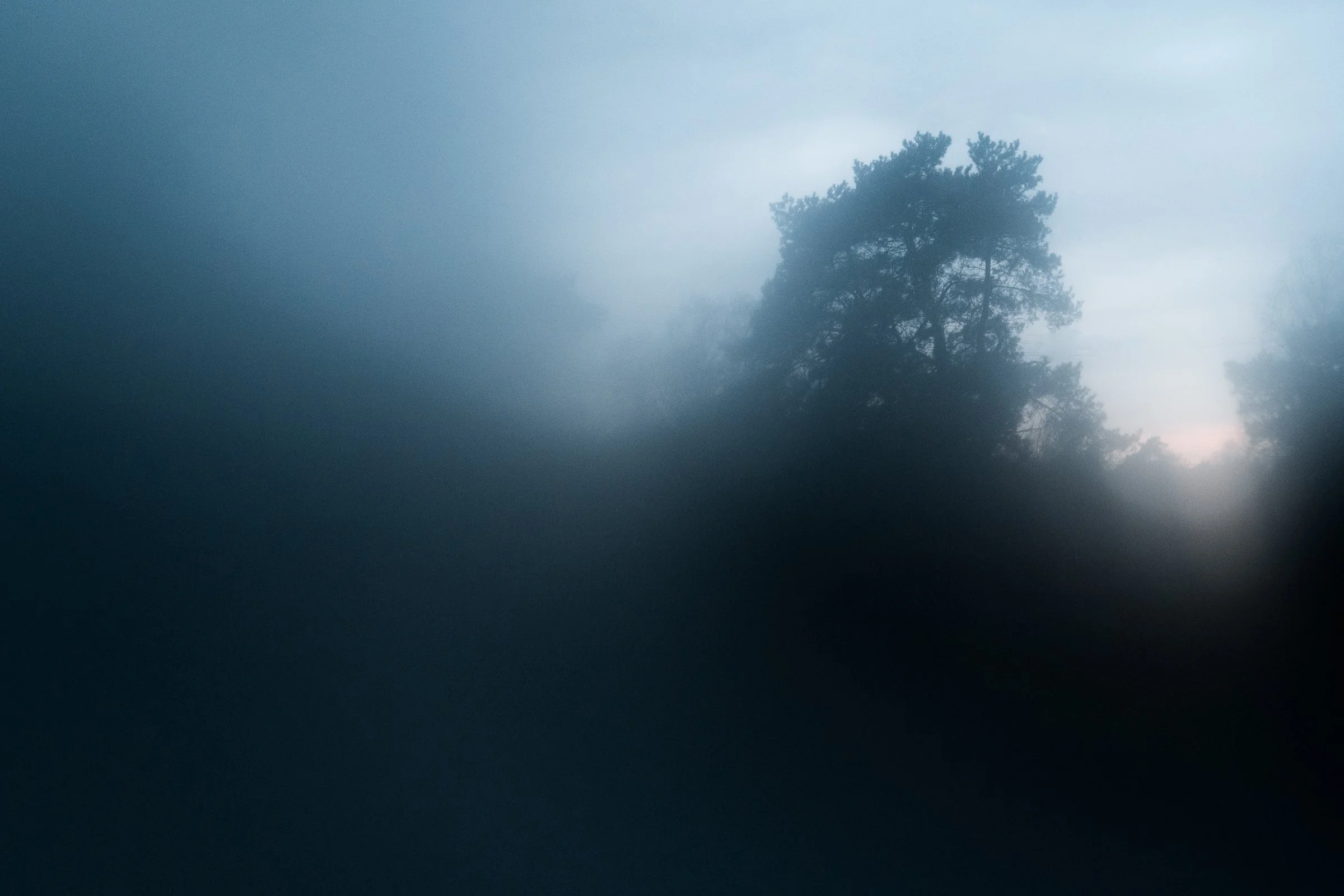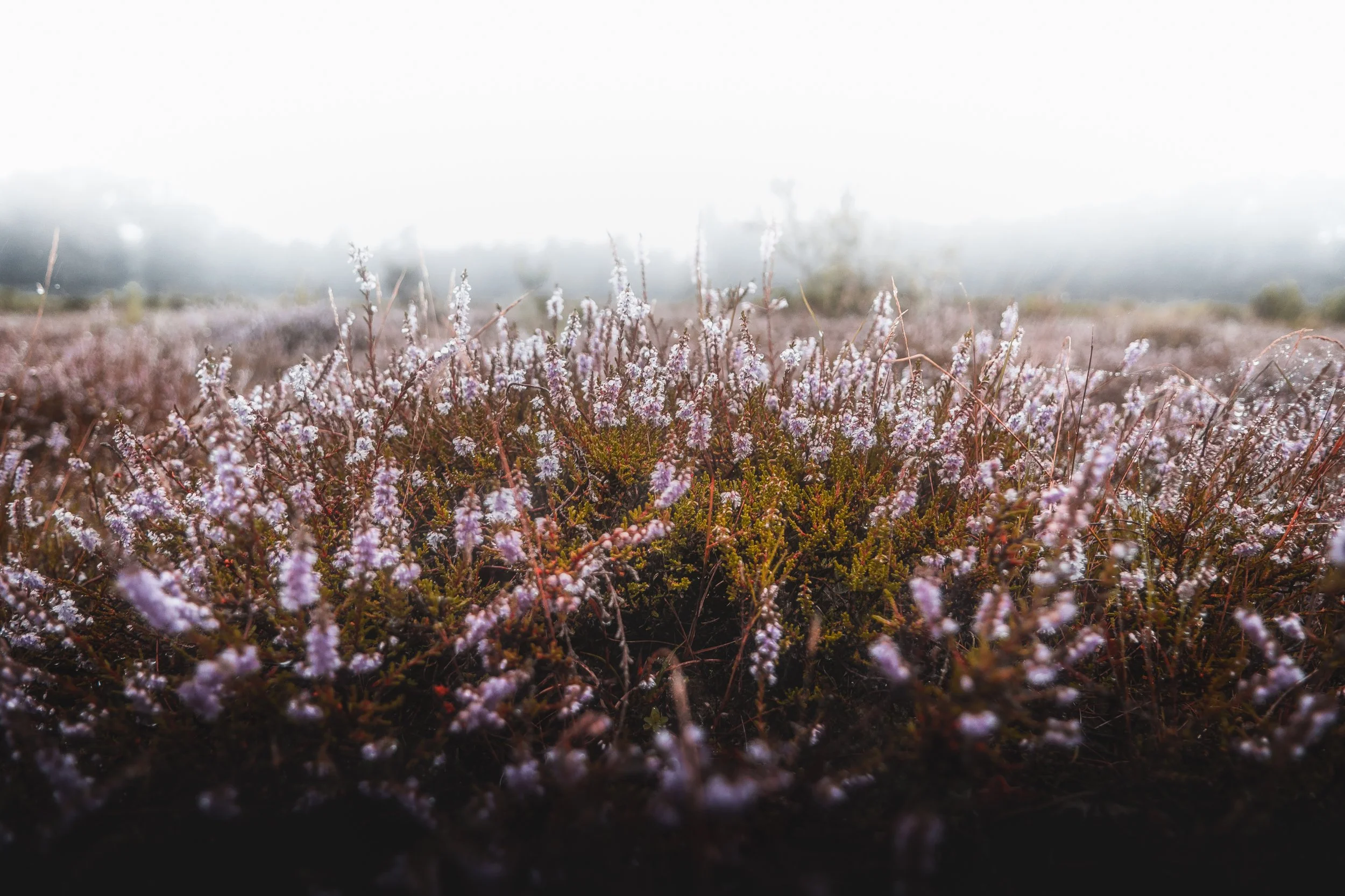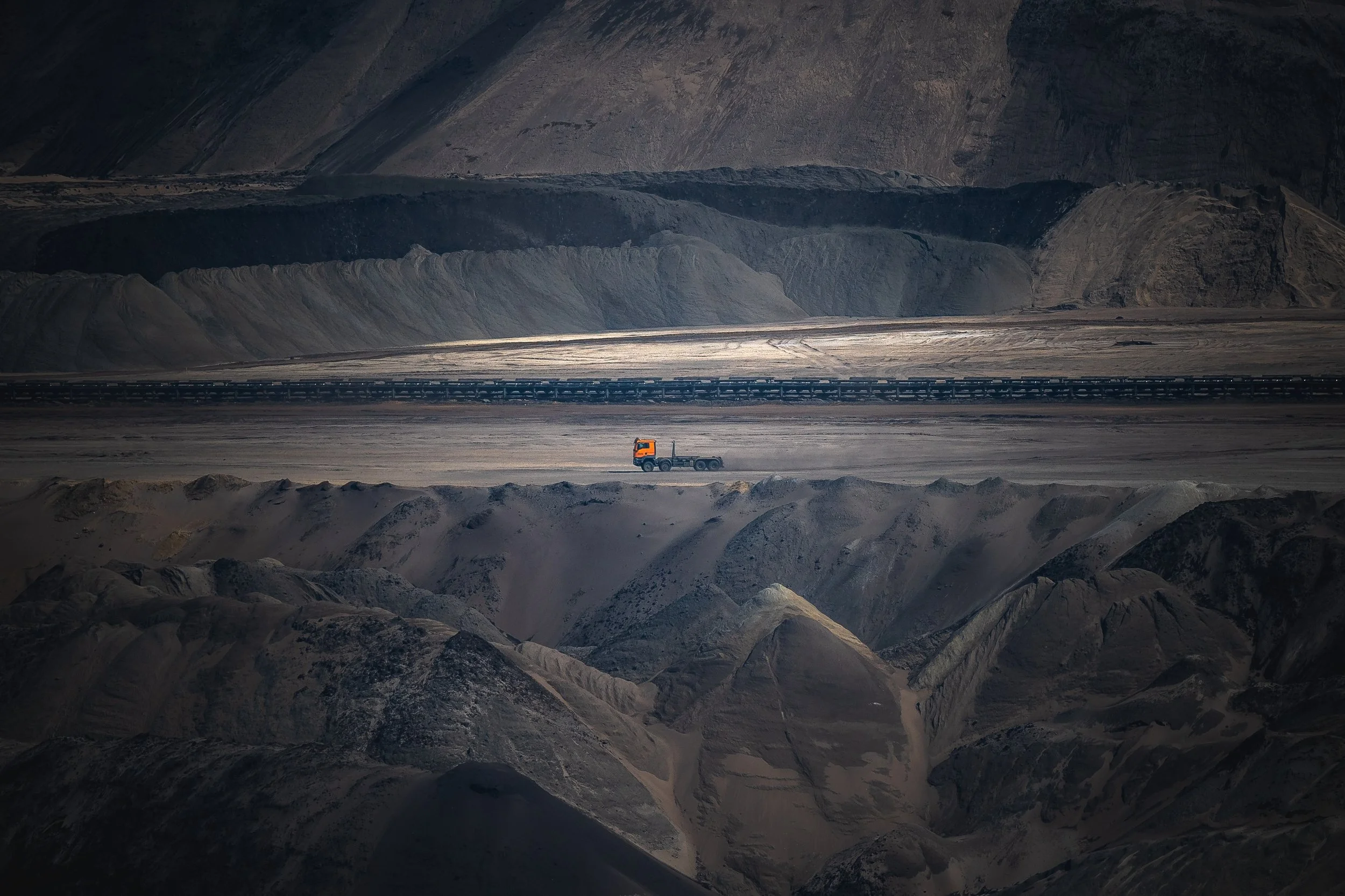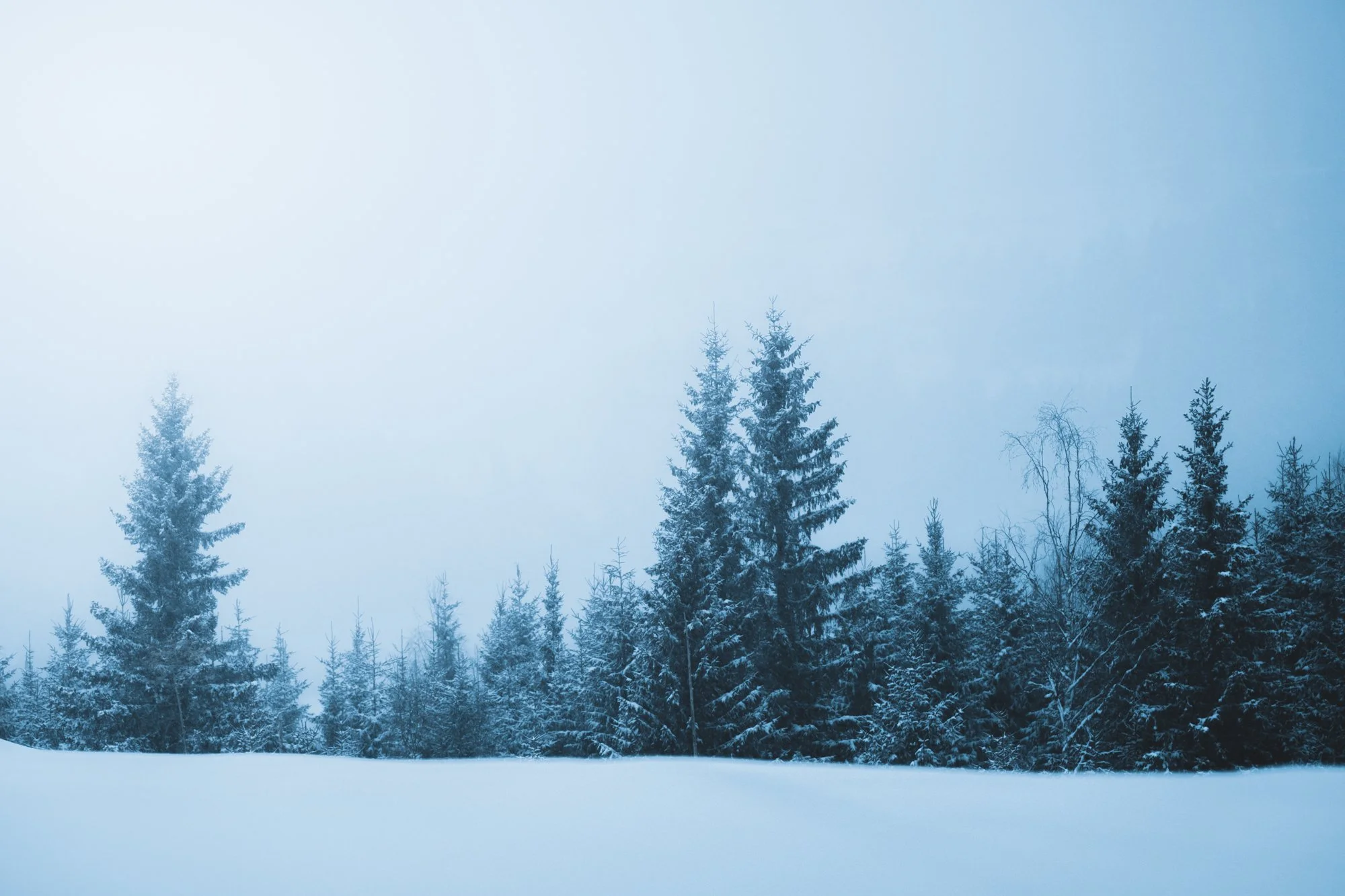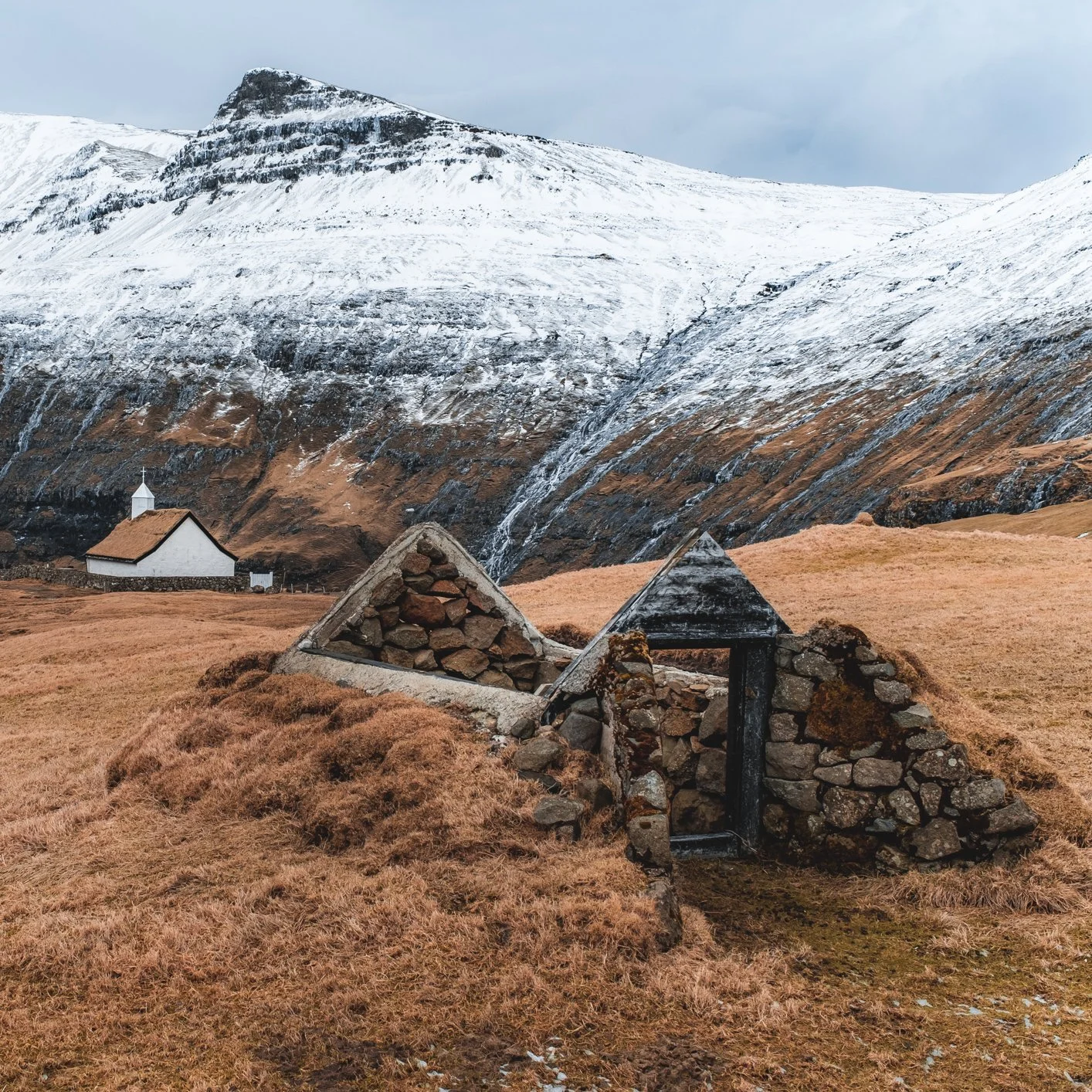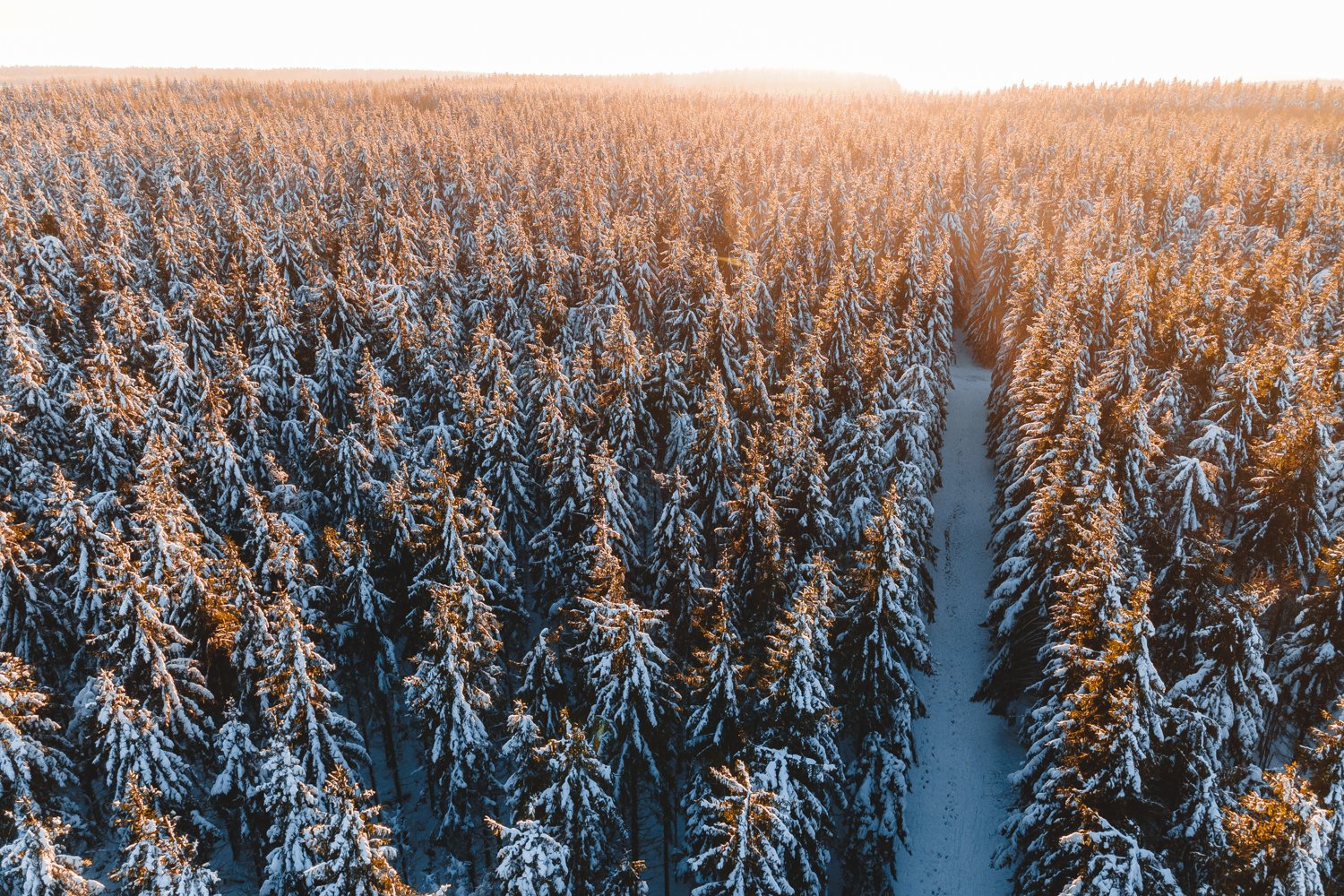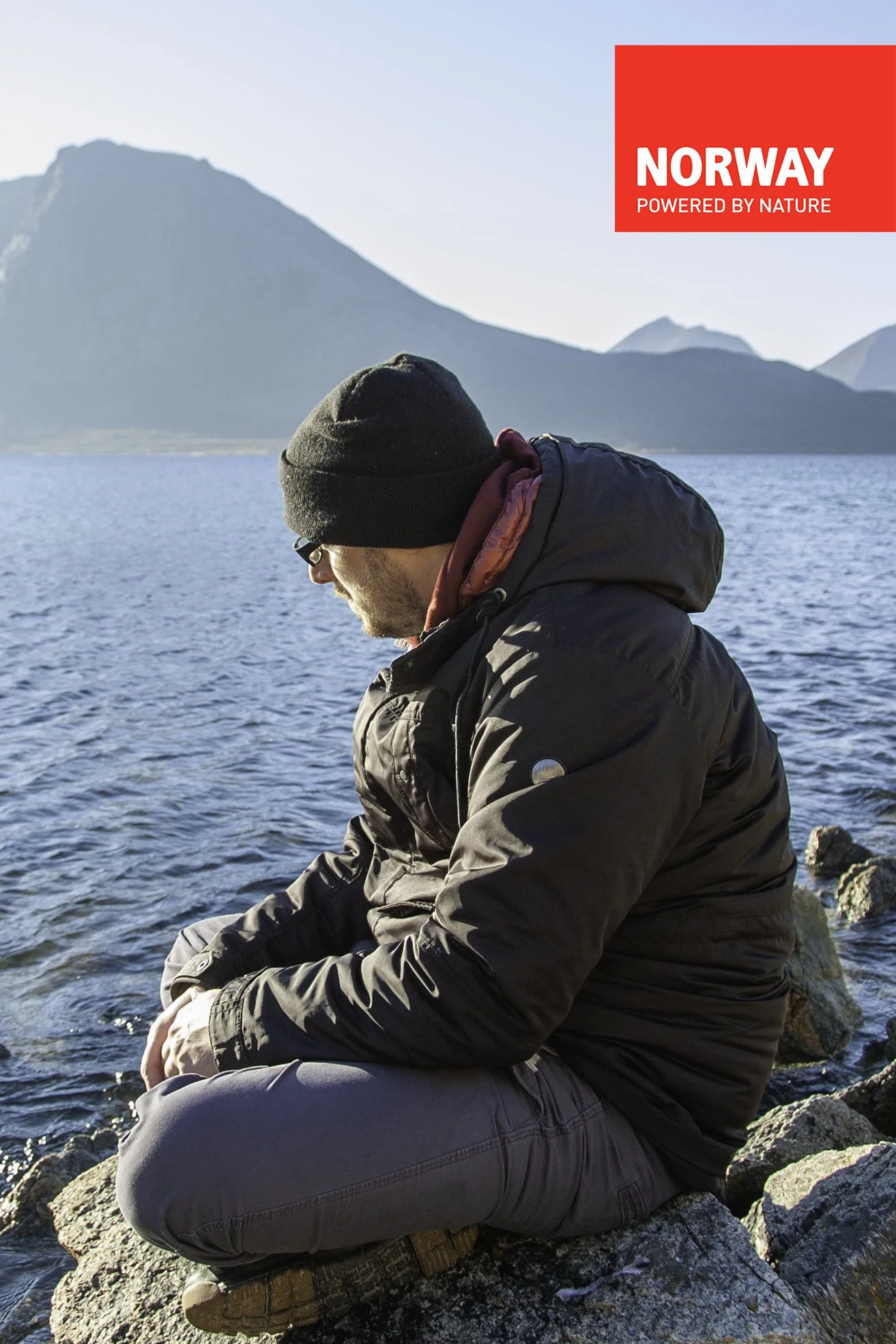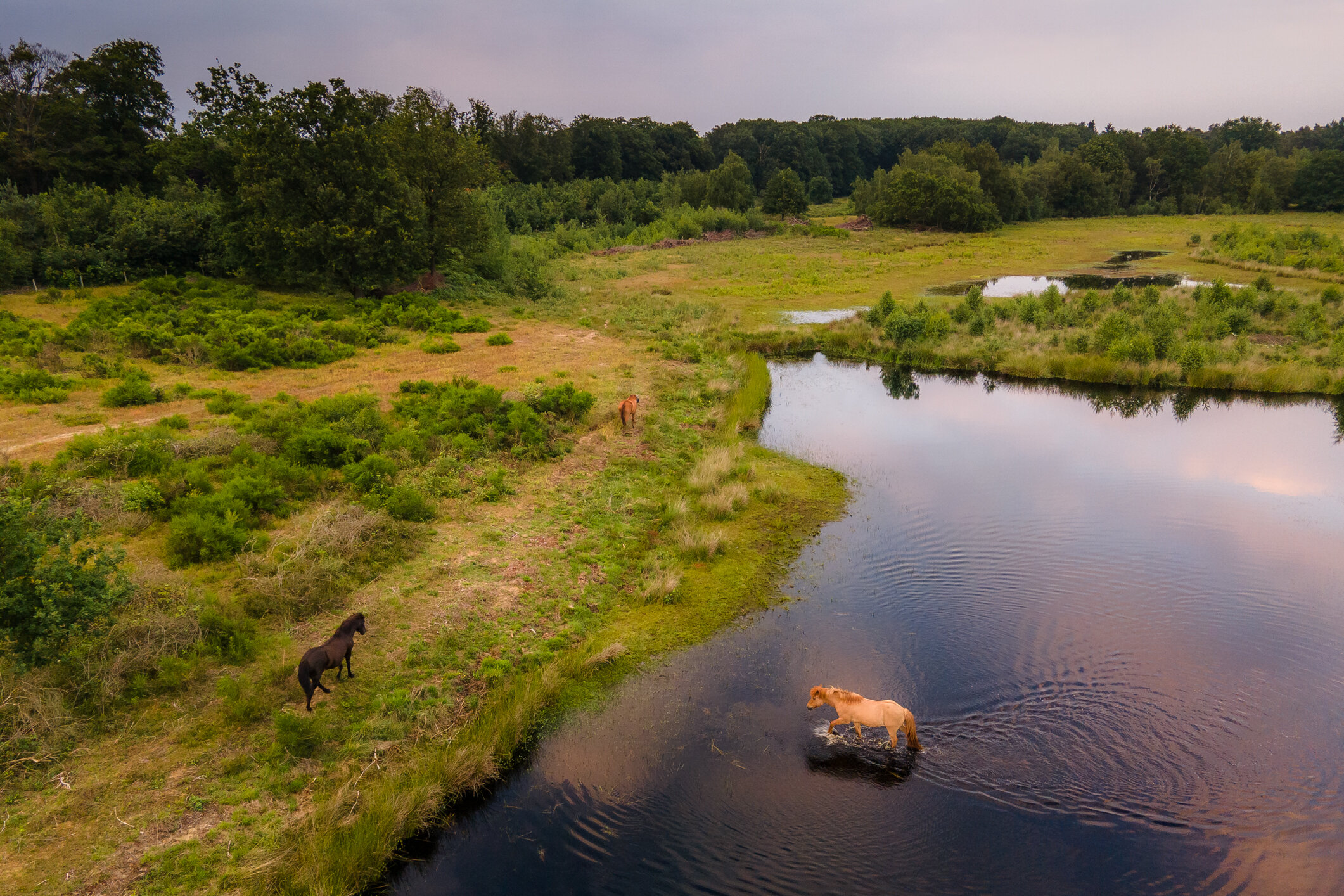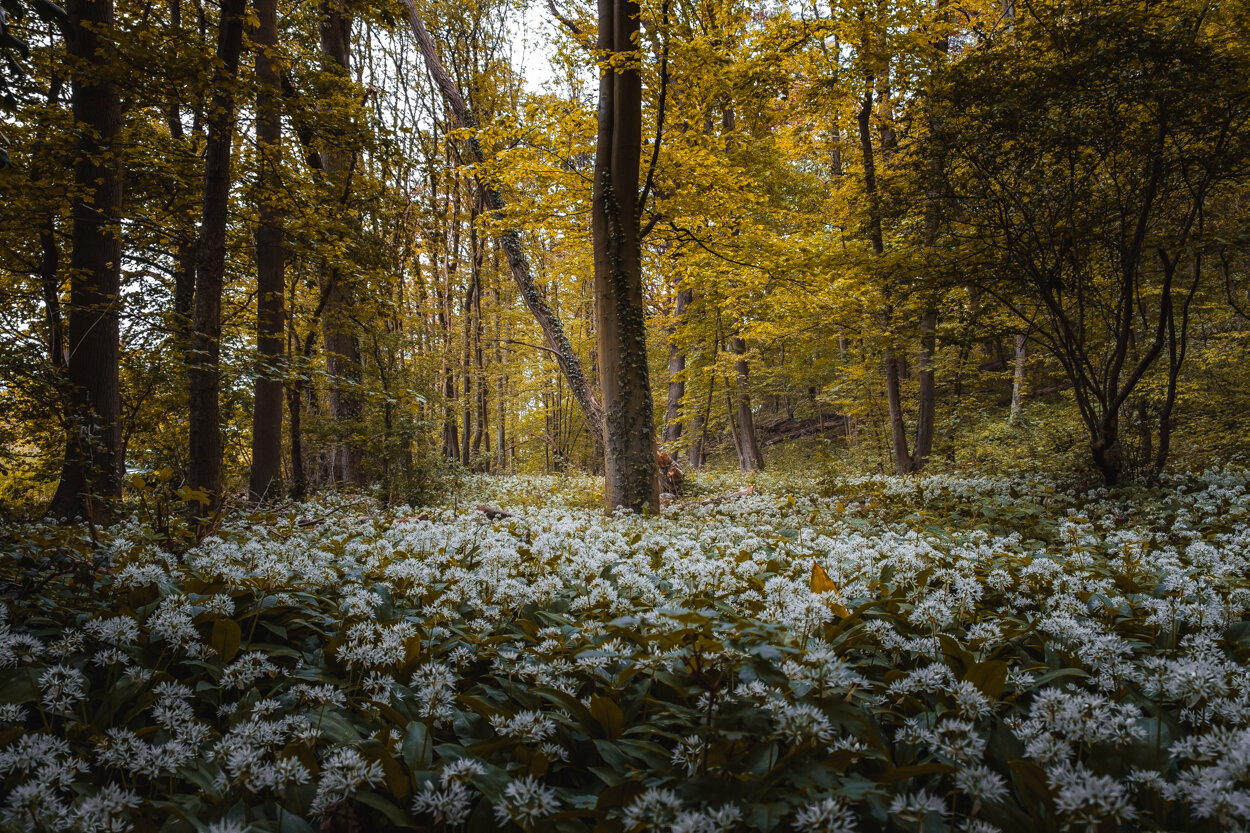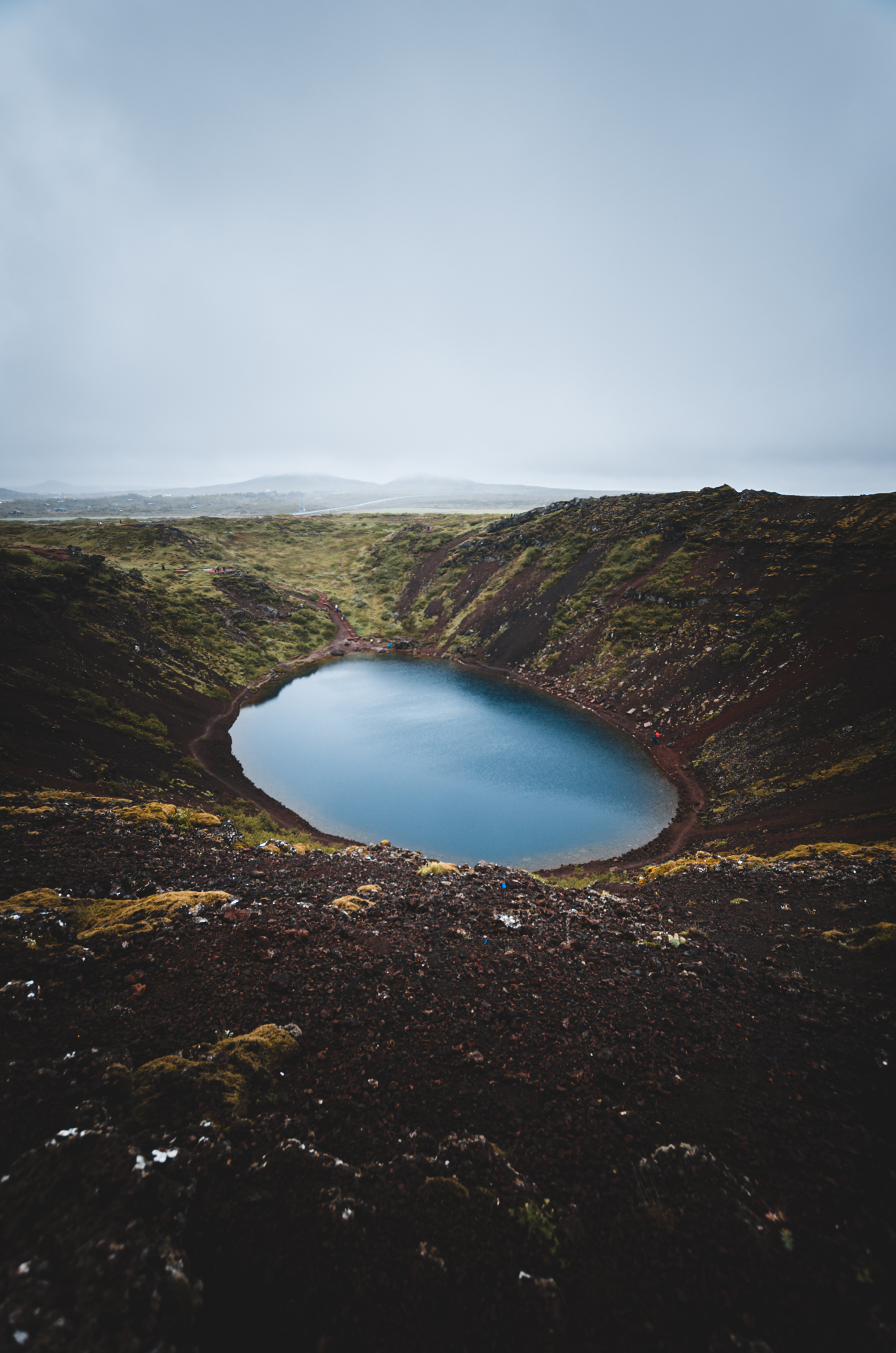The Golden Circle is an extremely popular route in the South of Iceland. Featuring the magnificent sights of Gullfoss Waterfall, Geysir Geothermal Field, and Thingvellir National Park, a trip around the Golden Circle is the perfect day tour from Reykjavik, and it is a must-visit when you go to Iceland!
What is the Golden Circle
The Golden Circle is certainly one of Iceland’s most beloved tourist routes. It is sometimes referred to as “The Golden Triangle,” as it features three stunningly beautiful locations: an extremely powerful waterfall, a geyser which erupts frequently, and a UNESCO World Heritage site.
The beauty of the whole region is hallmarked by incredible landscapes and unique sites. The Golden Circle is undoubtedly a precious gem of rare geological features that can barely be found anywhere else in the world, but which are so close to each other that you can visit them in just one day.
When these beauties are combined with local hospitality and traditional cuisine, it is not surprising that the Golden Circle tops almost every visitor’s bucket list. The Golden Circle is the perfect day trip from Reykjavik and is a must-visit for everyone traveling to Iceland.
Kerið Volcanic Crater
Kerið is one of most recognizable volcanic craters in Iceland. It was once a typical cone-shaped volcano, but after an eruption some 3000 year ago, the top has collapsed into its empty magma chamber.
Keriðd has a very recognizable caldera. Its steep walls are approximately 55 meters (180 feet) deep. The caldera is 170 meters (560 feet) wide and 270 meters (890 feet) across. There is a small lake inside the caldera with a strikingly vivid aquamarine color which is due to minerals in the soil. You should not miss out on this natural wonder during your Golden Circle trip.
The crater is found just by the Route 35, only 15 km from the town of Selfoss. There is a small parking lot right next to it. There is also a small entrance fee, approximately 500 ISK per person.
Faxi Waterfall
Faxi Waterfall is located around 12 km from Gullfoss Waterfall and the Geysir Geothermal Area. Faxi is a small waterfall, but absolutely worth a visit.
The waterfall is on Tungufljót, a fabulous salmon-filled river, surrounded by beautiful Icelandic nature, which makes it a great spot for fishing. On a sunny day, this is the perfect place to stop, sit down, and have a picnic.
Geysir – the original geyser
A favorite stop along the Golden Circle is the highly active Geysir Hot Spring Area with boiling mud pits, exploding geysers and the lively Strokkur which spouts water 30 meters (100 ft) into the air every few minutes. The newly opened Geysir Center offers exhibits and informative presentations year round.
The geothermal field is believed to have a surface area of approximately 3 km². Most of the springs are aligned along a 100m wide strip of land running in the same direction as the tectonic lines in the area, from south to southwest. The strip is 500m long and culminates near what once was the seat of the lords of Haukadalur.
The area became active more than 1000 years ago and comprises more than a dozen hot water blow holes. Although Geysir is less active these days, it did lend its name to hot springs all over the world. It was the first geyser described in a printed source and the first known to modern Europeans.
Gullfoss
A ride along the Golden Circle in the south reveals the breathtaking Gullfoss (Golden Waterfalls) where traversing a narrow path provides close-up views of the massive, two-tiered waterfall below. In winter the view is spectacular when the waterfall freezes over into undulating waves of glistening ice. On sunny days visitors are treated to thousands of rainbows, a natural reaction with the clouds of spray from the tumbling falls.
Gullfoss is one of the most popular tourist attraction in Iceland and part of the Golden Circle, and the waterfall is by many considered one of the most beautiful waterfall in Iceland. It is situated in the upper part of the Hvita river. The water cascades down in two stages, one 11 m (36 ft) high, and the other 21 m (69 ft), into the 2,5 km (1.6 mi) long crevasse below. This crevasse was created at the end of the Ice Age by catastrophic flood waves and is lengthened by 25 cm (9.8 in) a year by the constant erosion from the water.
Thingvellir national park
Thingvellir is a favourite stop among travellers along the Golden Circle route. It has been a National Park in Iceland since 1928 and was named a World Heritage site by UNESCO in 2004. When Viking settlers arrived in the 10th century it was the site they chose as the meeting place of Althing, the world’s first parliament.
The location may seem a bit out of the way, but the unique geology created a natural amphitheatre perfect for public speaking including the high rock wall of Logberg (Law Rock), where the laws of the land would be recited from memory.
Don’t forget to take a look at the landscape as you are on the tour, the entire area is absolutely well worth taking in.
In Thingvellir you will also find this waterfall you can see here (frozen in winter time) called Öxarárfoss.


